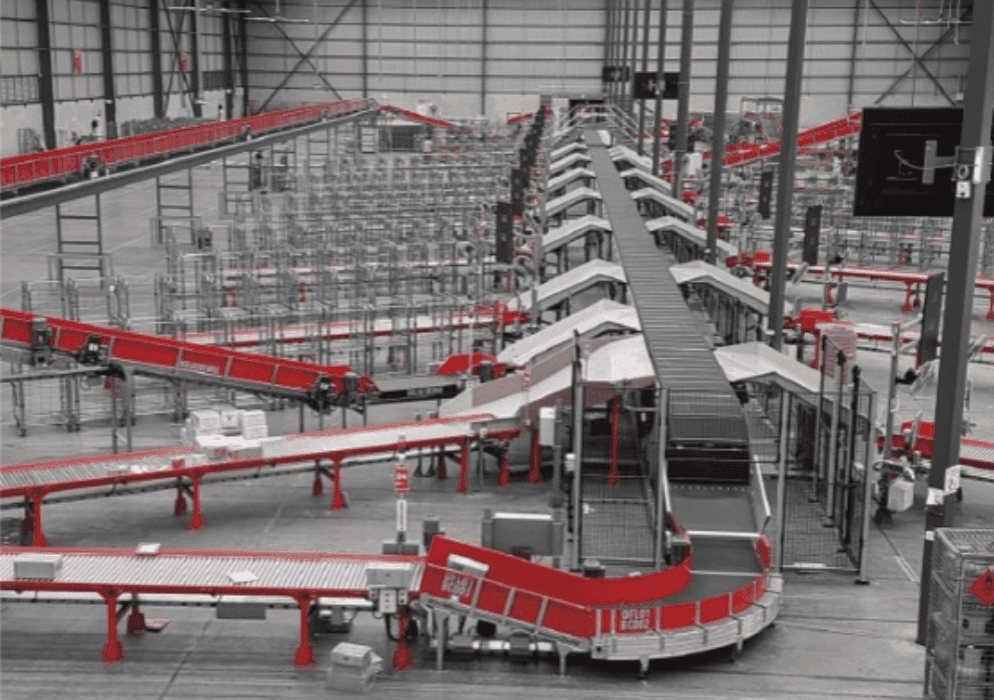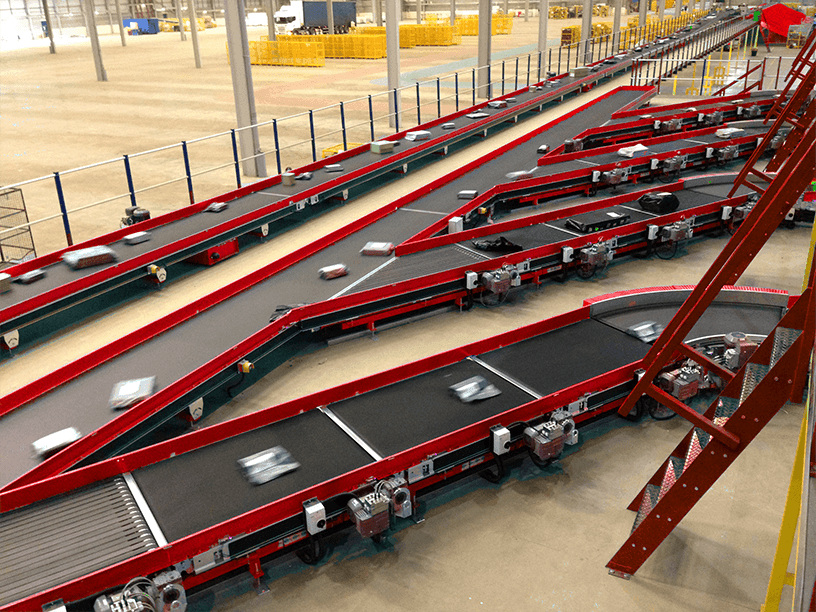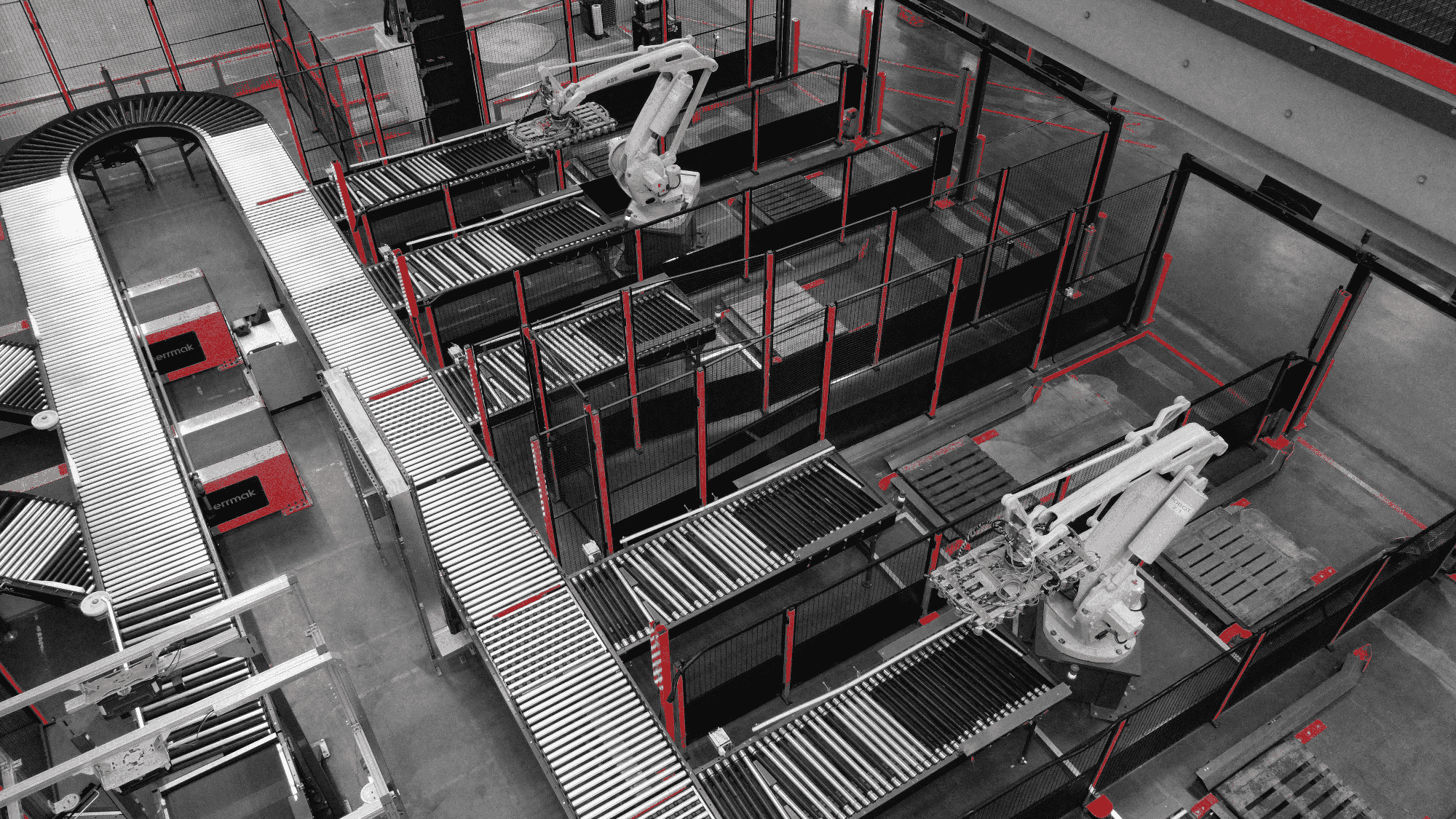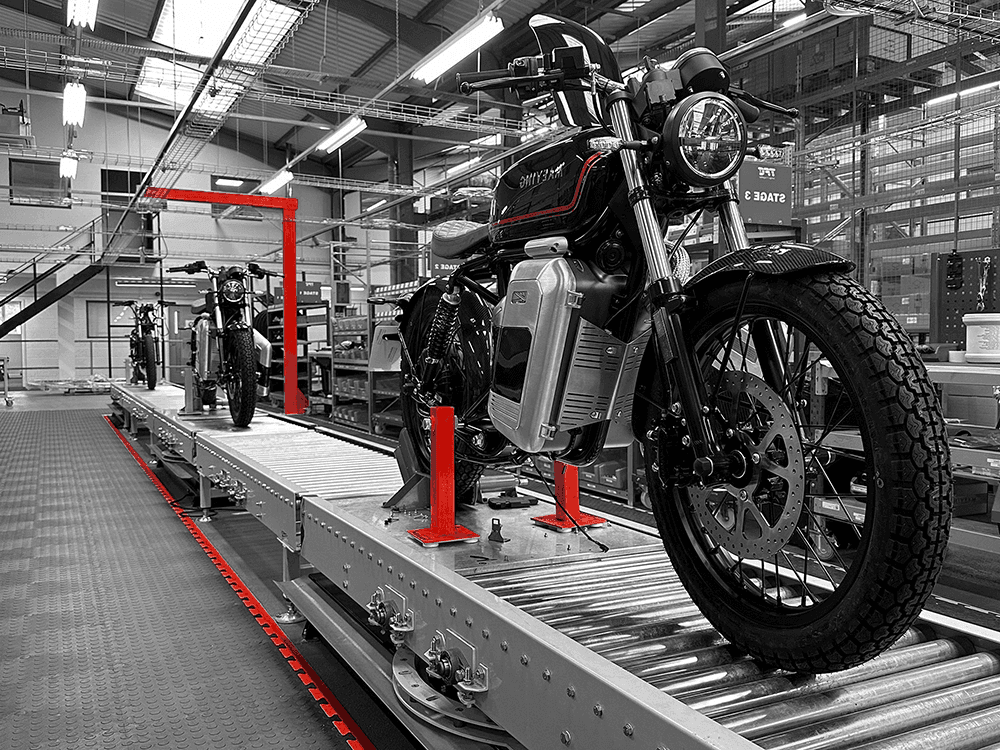The Role of End-of-Line Operations
Automated pallet wrapping is a crucial part of end-of-line (EOL) operations, which involves preparing finished goods, either manufactured, co-packed or re-packed on-site, or those already held in warehouse storage, ready for dispatch. Once the required products are collated, packed and stacked safely and accurately onto pallets to ensure a stable load and Maximum pallet weight limits, they are sent to the pallet wrapping station. Here, the automatic pallet wrapper applies the required pallet wrap films around the pallet to ensure that each loaded pallet is tightly fastened according to predefined criteria. This key stage of wrapping each pallet securely ensures packaging efficiency and minimises the risk of damage to goods during loading and onward transportation.
By automating the process of end-of-line pallet wrapping, manufacturers and distributors can benefit from:
- Reduced labour costs and manual handling
- Improved packaging consistency
- Minimised wrapping material waste
- Increased throughput and wrapping speed
- Improved safety for transit
- Improved compliance in the warehouse
Industries Using Automated Pallet Wrapping
The food and beverage sector comes out on top for volume of pallet quantities used, but industries such as logistics, retail, agriculture, and manufacturing also rely heavily on pallets for efficient and reliable transportation and storage of goods.
This widespread usage supports the case for automation with key challenges with manual operations, that need to be overcome to enhance packaging efficiency and remain competitive. From labour shortages and high production speeds to material handling safety and load stability, manual operations attempting to handle large volumes of goods with varying sizes, shapes and weights are no longer viable, paving the way for cost-effective solutions.
With millions of products moved each year, automated pallet wrapping is fast becoming one of the key processes used within UK industry operations, with the most common applications for each sector including:
- Food & Beverage – Securing everything from bottled drinks to bulk food items.
- Pharmaceuticals – Ensuring hygiene and tamper-evidence for sensitive goods.
- FMCG (Fast-Moving Consumer Goods) – Wrapping high-volume consumer products quickly and consistently.
- E-commerce & Retail – Supporting distribution centres with rapid order fulfilment.
- Manufacturing – Protecting a wide variety of industrial components and equipment during transit.






